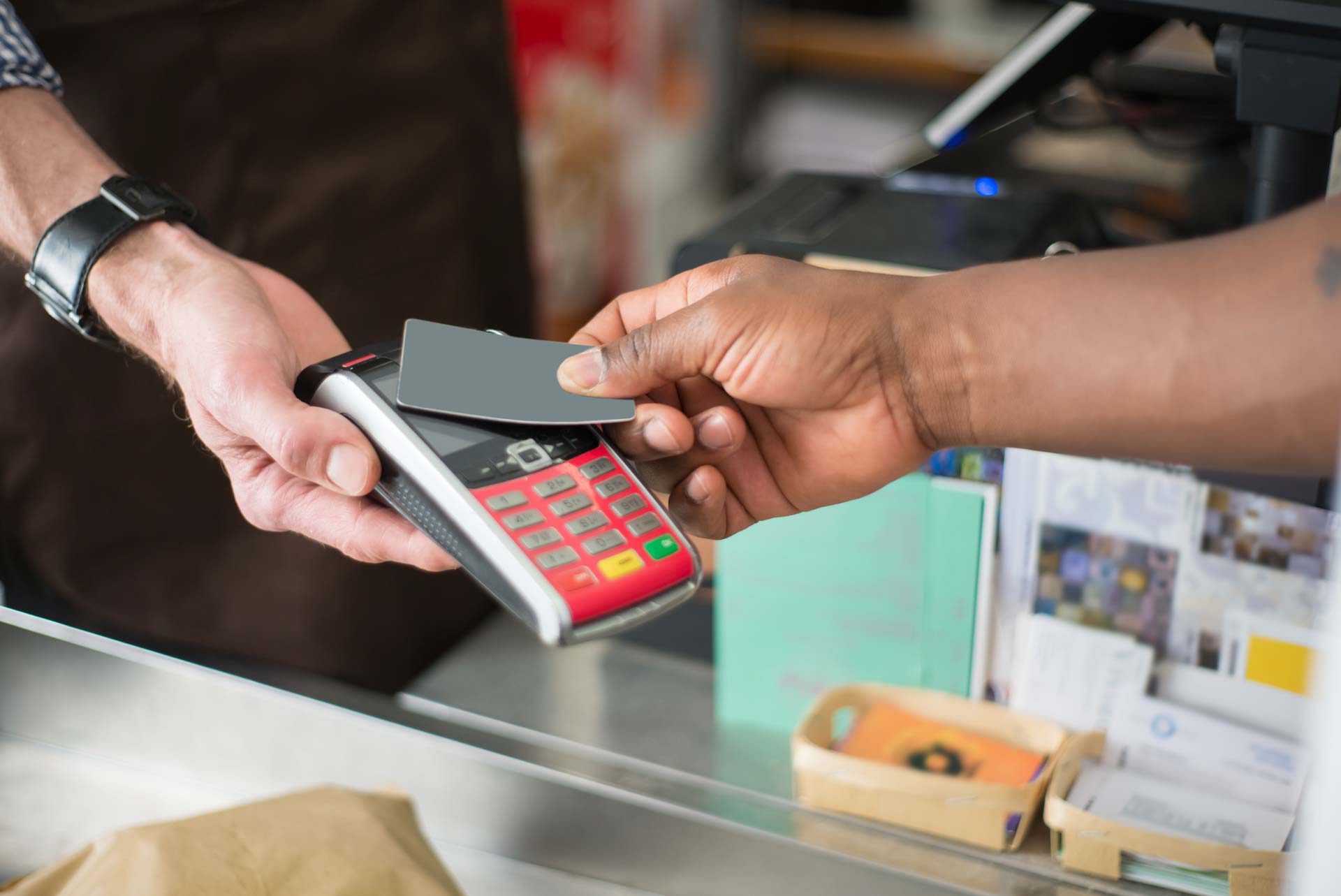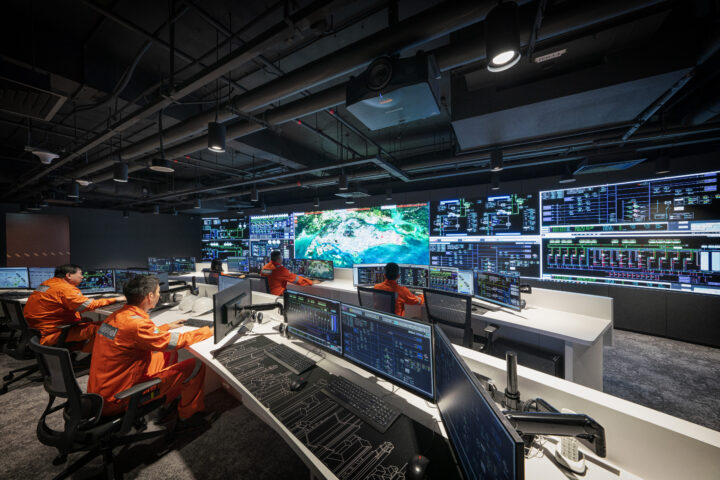As a retailer, it's likely that you have access to at least some data on what's going on in your stores. Perhaps that's Point of Sale data, or maybe you have a solution in place for tracking in-store foot traffic.
But just how accurate is your retail data? And how easy is it for you to take timely action on the signals you get from that data?
While there are many ways you can potentially track in-store activity, not all retail foot traffic trackers are created equal. In this article, we take a look at some of the options available in the market, and weigh up their advantages and disadvantages when it comes to accurate foot traffic data.
Point of Sale Data Analytics
Even if you don't have a dedicated solution in place for capturing customer data, your point of sale (POS) system will contain a wealth of valuable information about store activity. Many modern POS systems come with basic analytics capabilities and maybe a few dashboards that allow you to track your sales performance over time.
On the face of it, given that the accuracy of your point of sale data will be very good, POS data might seem to tell you everything you need to know about store performance. Sales are your most important metric, after all. But while sales figures are obviously an important data point, that sales data can only ever tell you part of the story.

Sales data can't tell you about the opportunities that were missed. It can't tell you about that potential sale who left the store empty handed because of a long line at the registers.
And while you can look at your sales figures today and directly compare against last week, last month or last year, that isn't a true indicator of a store's performance, especially in today's challenging retail environment where foot traffic into stores has been so thoroughly disrupted by the pandemic.
Sales data alone doesn't tell you anything about how well you converted potential sales, and without knowing how many people entered the store in the first place, where they went in the store, and what products they viewed, you can't really assess that store's performance.
Basic Traffic Counters
To understand in-store traffic, you need a solution for counting people in your store. The most basic option for doing this is a simple beam sensor placed at the store entrance. Every time someone breaks that beam, the count goes up. At the end of each day you simply divide that count by two (to account for people entering and leaving the store) and you have your traffic count.
But these simple counters do not offer retailers particularly accurate foot traffic data. They can't count accurately when groups enter the store together, for example, and they often pick up and count rogue objects such as shopping trolleys that cross the beam. What's more, they don't provide any intelligence around in-store behaviour, such as telling you how long people spent in the store or which departments or aisles they went to.
Many other approaches have been tried over the years to solve the problem of collecting data on in-store activity, including examples such as floor sensors and heat-sensitive cameras. The two main modern approaches to tracking people in retail environments involve either tracking people via their smartphone devices, or using video data to capture and track activity across the whole store.
So how do these approaches work, and how do they compare in terms of accuracy?

Wifi or Mobile Traffic Counters
Today there are several companies who offer solutions for tracking people via the proxy of their smartphones.
Typically this approach involves one or more small sensor devices being installed around the store. These sensors search for nearby smartphones either using Bluetooth technology or by detecting signals being sent out by those devices as they search for wifi networks to connect to.
For a number of reasons, this approach is not particularly accurate. Firstly, even if it works perfectly, it ultimately counts devices, not people. While smartphone ownership is nearly ubiquitous in Australia today, there are still people out there who do not own one and will therefore never show up in the data, or equally they may simply not be carrying their phone with them when they come in to the store.
Conversely, there are many people who have more than one device (such as a work and personal phone), and who may therefore be counted twice.
Even if you can be sure that all of your customers are always carrying exactly one smartphone at all times when shopping with you, the accuracy of the wifi tracking approach is also questionable. The sensors rely on those devices sending out signals as they search for networks, but you cannot guarantee that customer devices will actually be pinging for nearby networks while in store. There are particular problems if the device is running in battery saving mode, for example, or if it has the "Ask to Join Networks" setting turned off, or simply has its screen locked because it is in someone's pocket or bag, rather than being actively used.
Another key point about the wifi/smartphone tracking approach is that there is no way to reliably validate the accuracy of any of the data produced from those sensors in real-world conditions. Of course it is possible to run tests under controlled conditions, where you already know exactly how many people are in the store and you can check to see if the data from the sensor matches up. In the real world, however, if you get numbers back from the system that just don't seem right, how can you verify or validate those figures?
Accurate Foot Traffic Data with Video Analytics
That's exactly why the WingArc Retail Analytics platform uses a different approach: video analytics.
Our system starts with the digital video footage from the existing in-store security cameras as the data source. Using an advanced machine learning model, it can detect, count and track the people in the store, and we're confident that it provides incredibly accurate foot traffic data.
That's because, unlike smartphone tracking, video analytics counts people, not devices. And we've refined and calibrated the model by comparing the detections with actual footage captured in the store. And of course at any point if the accuracy needs to be revalidated, unlike smartphone tracking, this can easily be done using the actual footage recorded by the camera system and comparing that to the model's results.
Further to that, WingArc Retail Analytics can integrate with other data sources, such as your Point of Sale data, to allow you to take quick, data-driven decisions based on a complete view of your in-store operations.
Another area where video analytics trumps smartphone sensors is in tracking activity within the store. It's one thing to be able to accurately count how many people came in. The next level of understanding comes from knowing what those people did when they were in the store.
The smartphone sensor approach uses a process of triangulation to attempt to pinpoint customer movements and their locations within the store. This data can then be populated onto visualisations such as retail heat maps.
However, attempting to triangulate customer positions within an indoor location using smartphone data is fraught with difficulty and likely to be highly inaccurate. Variables such as the type of device, the firmware in use, and the battery status of the smartphone in question can all introduce errors into the proximity calculation.
By contrast, the precision available from analysing video footage is vastly superior, as the customer's location as picked up by the video footage can be precisely mapped to their actual physical location. This gives retailers a real accurate sense of exactly what is happening in the store, through retail heat maps, dwell times both within the store and by fixture, as well as visualising shopper pathways.
Looking for Accurate Retail Data?
WingArc Retail Analytics captures accurate data on in-store activity to help you measure your marketing, reduce costs, and boost sales.



